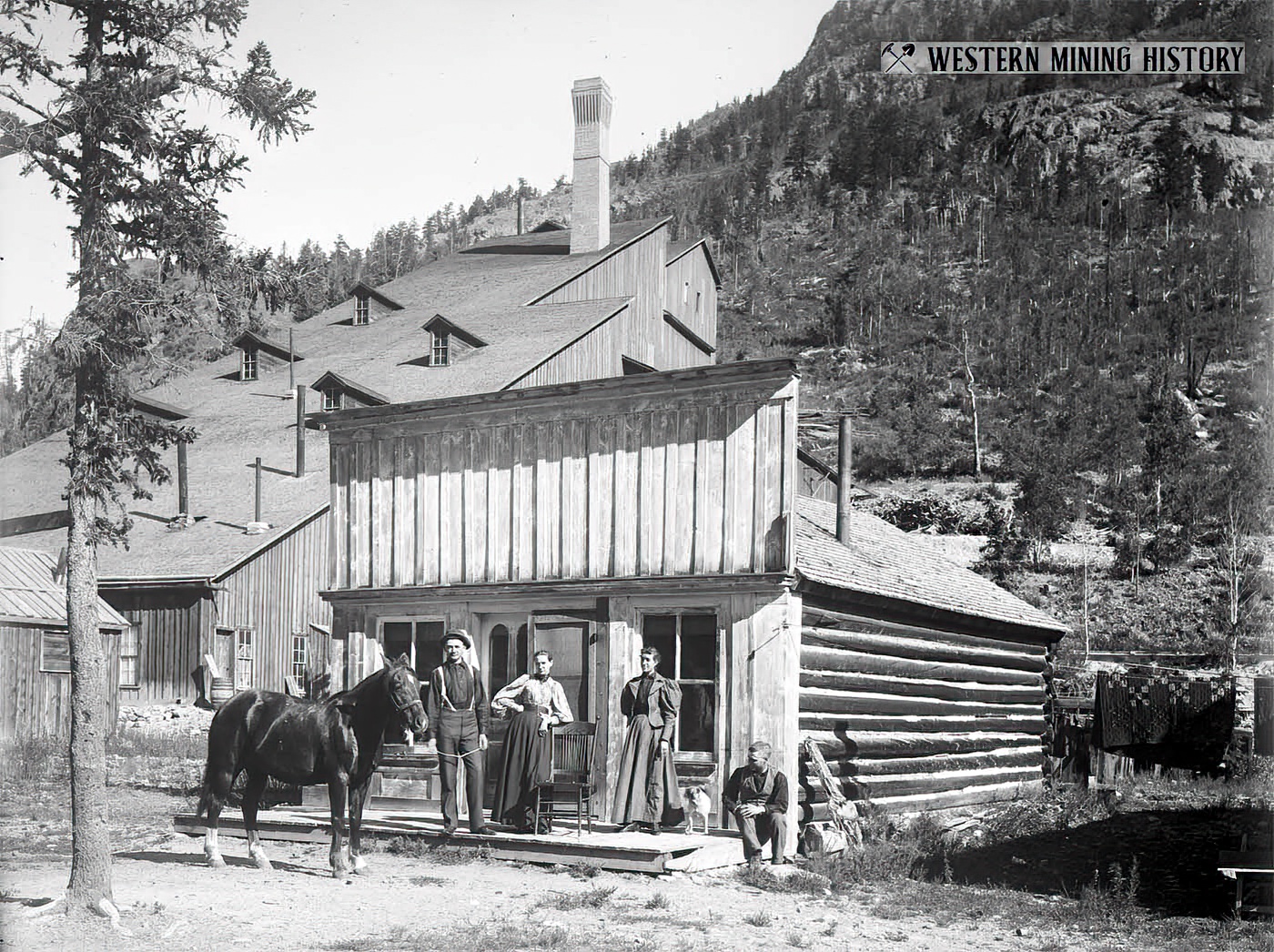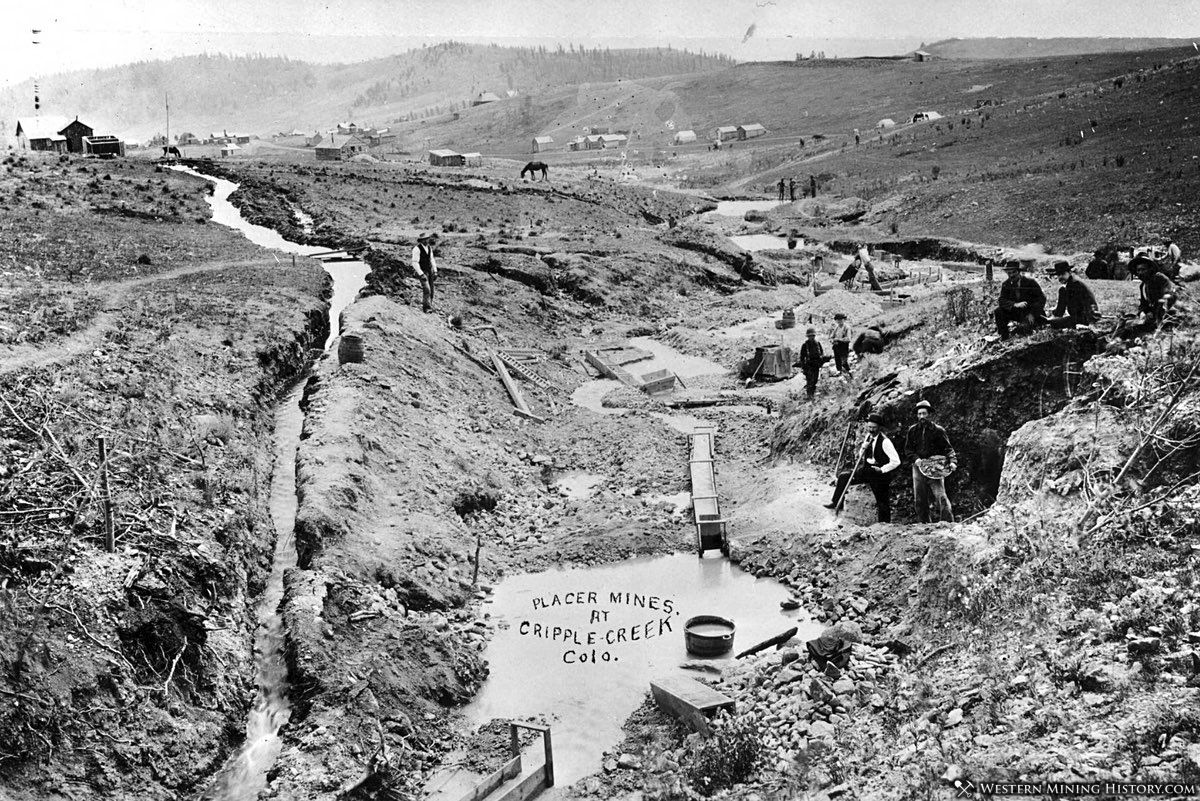Sherman History
Although many mines were located in this area, the Black Wonder was the mine that was discovered first, and largely determined the fortunes of the town of Sherman.
In July, 1874, Colonal C. H. Graham discovered the Black Wonder vein, but on the surface the vein was mostly pyrite so the initial discovery wasn't given much attention. The following year the World’s Wonder mine was discovered, and some development work done, but it was abandoned as it also showed little potential for precious metals at the surface. Additional mines were located and assessment work commenced that lasted the next couple years.
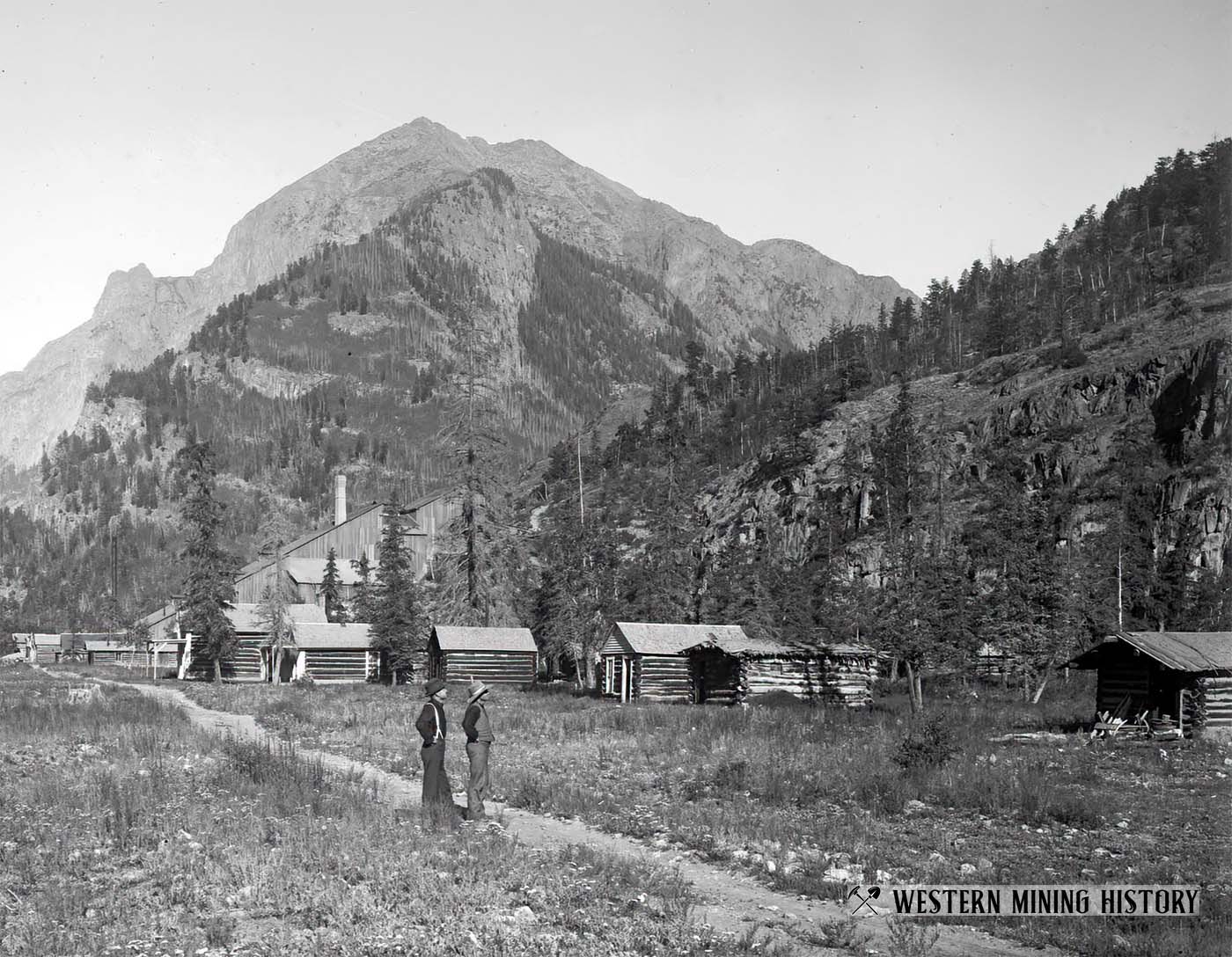
Diligence and hard work began to yield results in the mines, so in 1877 miners in the area organized a town company and Sherman was platted. Sherman G. W. Franklin erected a steam-powered sawmill that provided the lumber needed for the mines and the budding community.
The town registered 74 voters that first year, but everyone left with the onset of winter, and those that returned in the spring found the mines of the area largely abandoned.
An interpretive sign at the Sherman town site claims the town was named for Sherman Williams, however I can find no reference to someone of that name connected to the town. The town could have been named after Sherman G. W. Franklin who built the saw mill here in 1877, or possibly William Tecumseh Sherman, a general in the Union Army and famous character during that period.
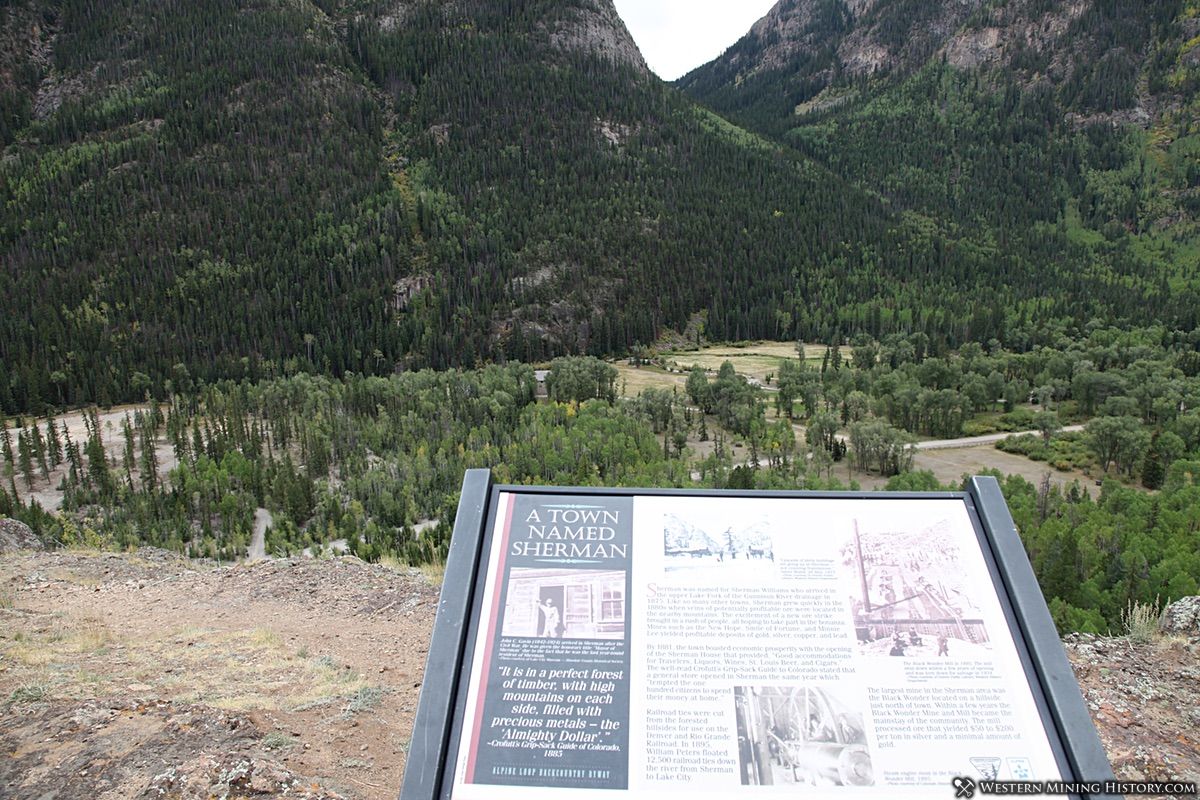
The Black Wonder was relocated in 1878 and at least ten separate claims were staked along the vein. The Niagara, Hoso, Atlantic, and Ruby claims were also staked. That winter a small number of diligent miners stayed and continued to develop their mines.
Finally in 1879, outside capital was attracted to the area and significant development work commenced on many of the local mines. The Black Wonder No. 1 was sold to eastern investors for $40,000. The following year, two more claims on the Black Wonder were sold.
With investment capital flowing in and mine development advancing, the town of Sherman gained some permanence. Colonel Graham, original discoverer of the Black Wonder, became the first postmaster in 1880. A newspaper article from June of that year stated that a new building for a post office and store is in the works, and preparations are being made for putting up two hotels.
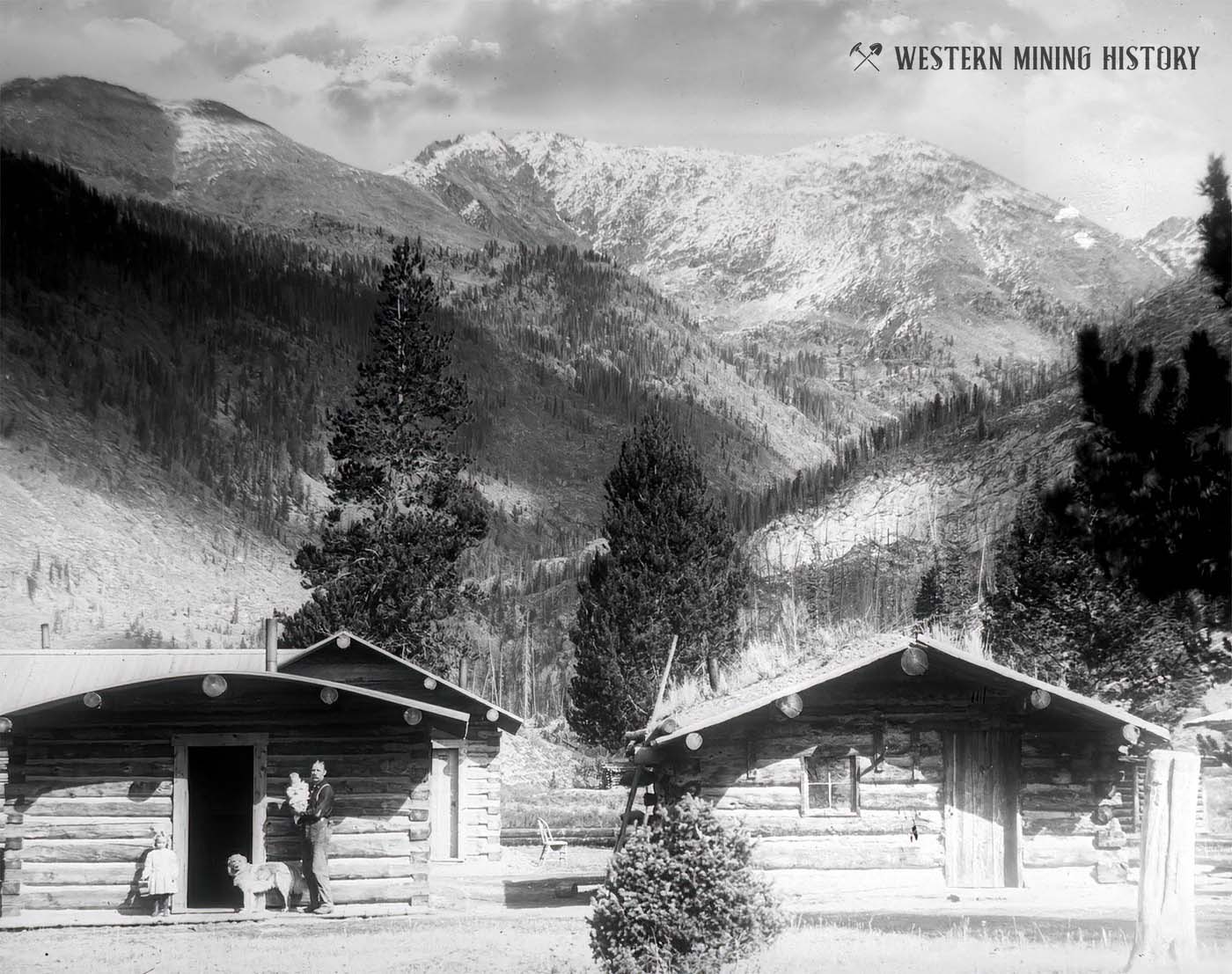
In 1881, Crofutt's Grip-Sack Guide to Colorado stated that the general store in Sherman "tempted the one hundred citizens to spend their money at home" and that the Sherman House provided "Good accommodations for travelers, liquors, wines, St. Louis Beer, and cigars."
The guide went on to describe the town's location: "It is in a perfect high forest of timber, with high mountains on each side, filled with precious metals - the 'Almighty Dollar'
By 1886, Sherman's first productive period came to an end, the town was largely abandoned, and the post office closed. Unfortunately no photos of Sherman are available from this early period.
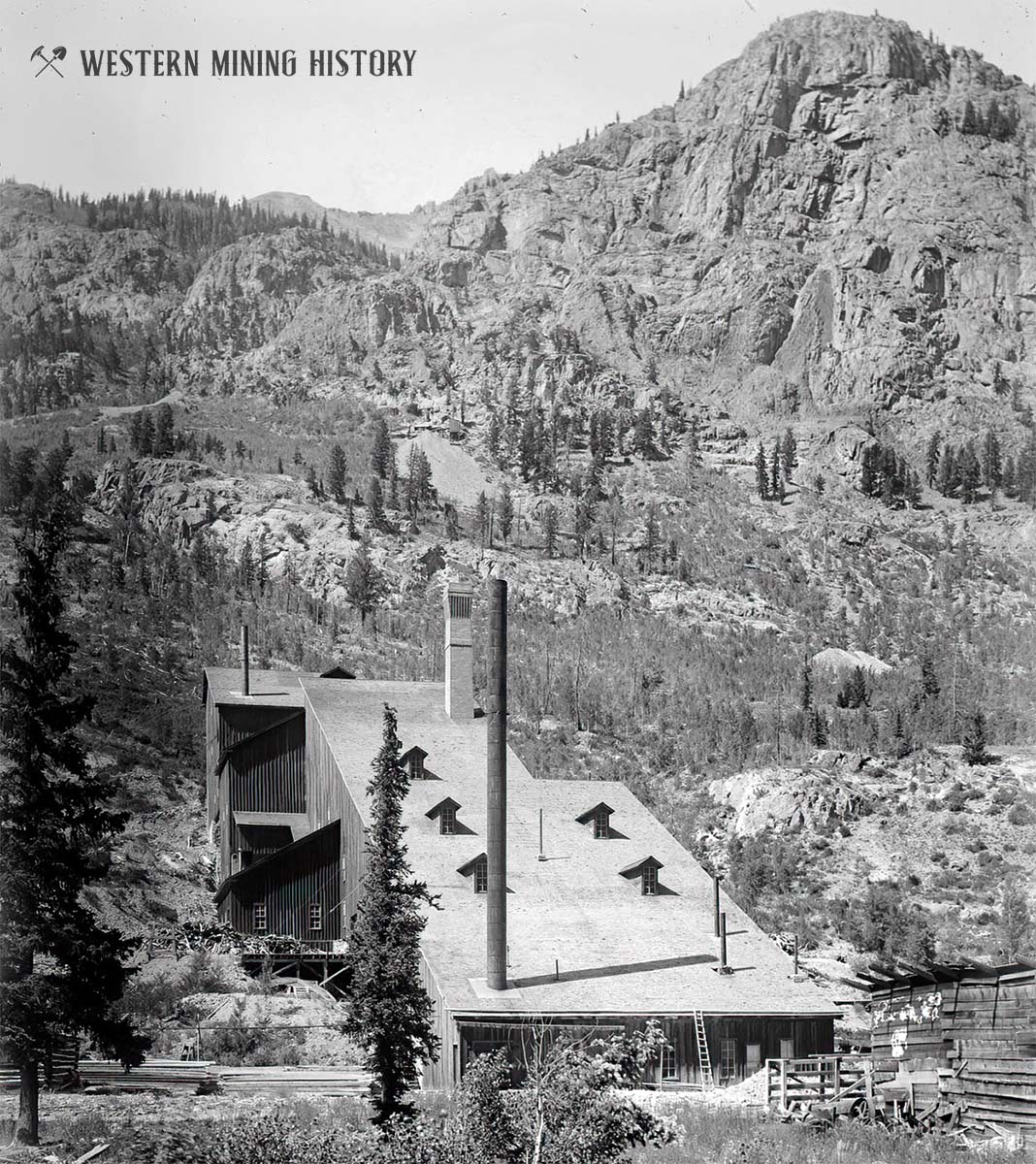
Much of Sherman's early mine production seemed to have been centered on silver, but in 1893, new interest in the gold potential of the Black Wonder mines caused a revival of Sherman town. The impressive Black Wonder mill seen in photos on this page was constructed during the summer of 1894.
The August 10, 1893 edition of The Lake City Times reported on the activity at Sherman:
At present Sherman is one of the liveliest camps in the San Juan country, and in a month or two more will be livelier than ever. As the ore values of this camp are principally gold, the depression in the price of silver has not effected it as it would have had the product of the camp been principally or wholly silver.
The number of men on this mine has been doubled in the past month, and the number is to be increased from now on as fast as room can be found for them to work. The litle town of Sherman is rapidly coming to the front as a mining camp, and last week articles of incorporation were filed with the secretary of the state for the "West End Gold Mining Company."
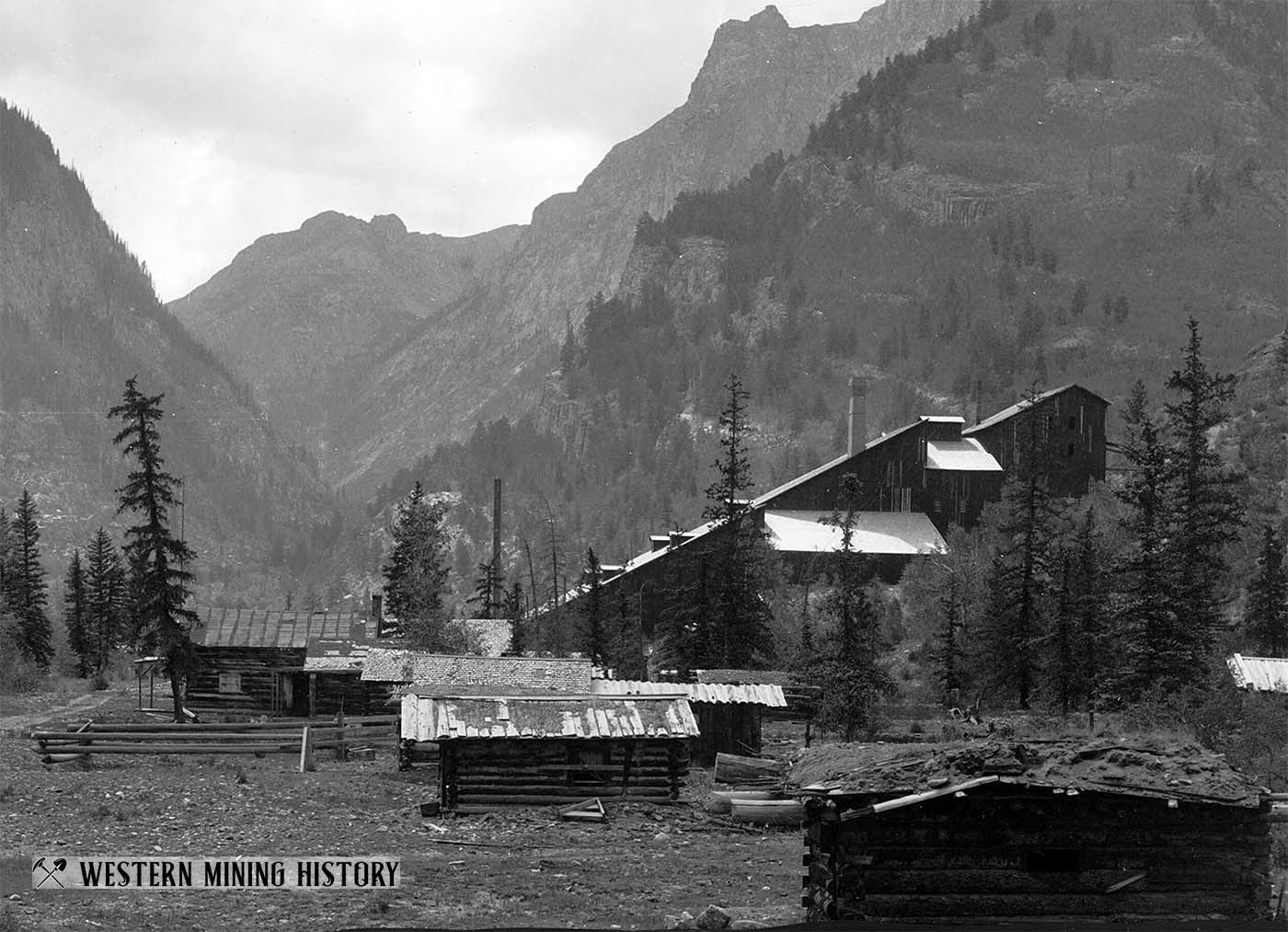
Lumber was also propping up the local economy in the 1890s. According to the interpretive sign at Sherman "Railroad ties were cut from the forested hillsides for use on the Denver and Rio Grande Railroad. In 1895, William Peters floated 12,500 railroad ties down the river from Sherman to Lake City."
Despite a grand new mill and the seemingly thriving lumber business, Sherman declined once again by the late 1890s. The mill only operated for a few years, and the town was once again nearly abandoned. In 1898, the post office closed for the final time.
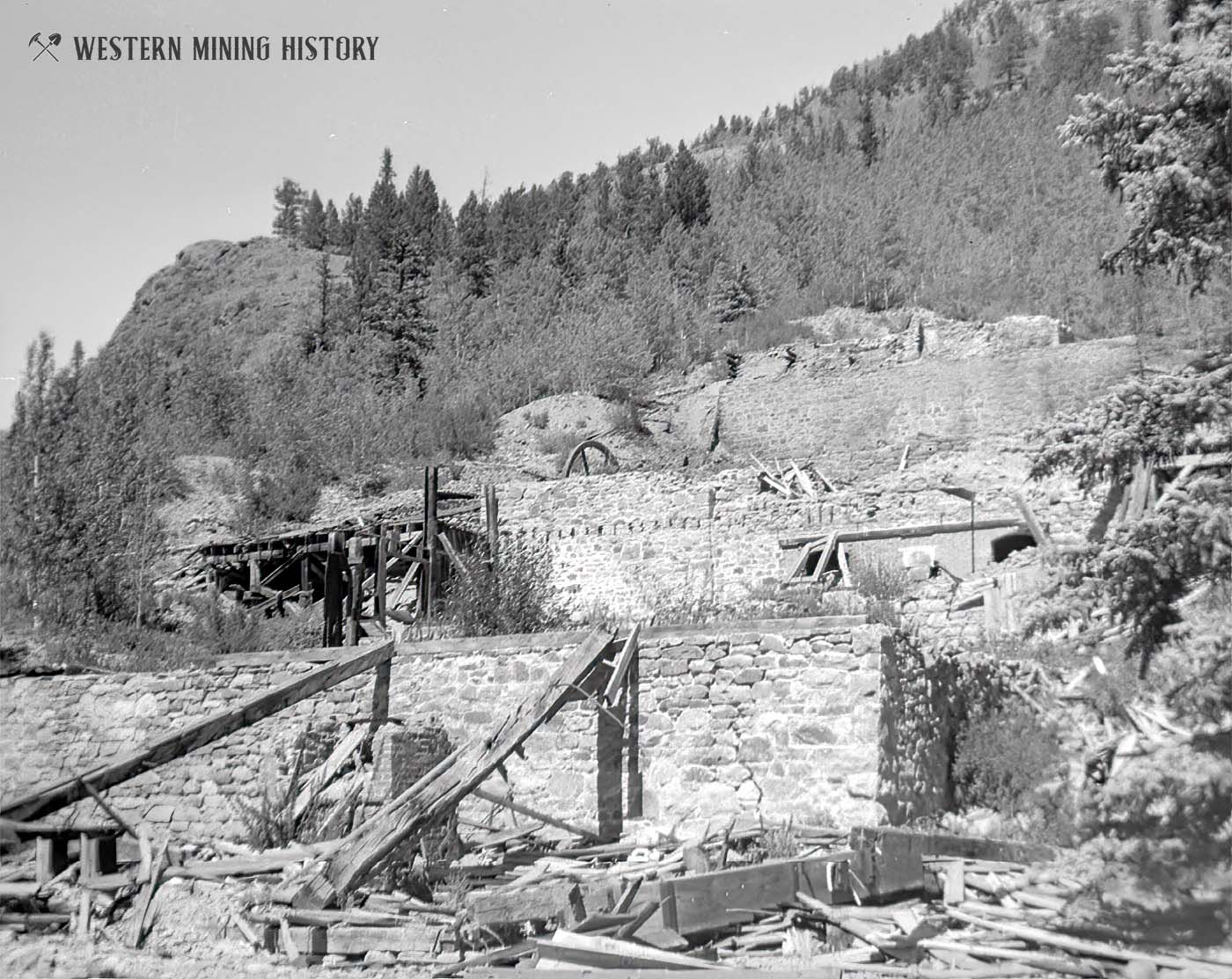
Sherman's famous Black Wonder Mill was torn down in 1934. The photo above shows the foundations around 1940.
A Tour of Colorado Mining Towns
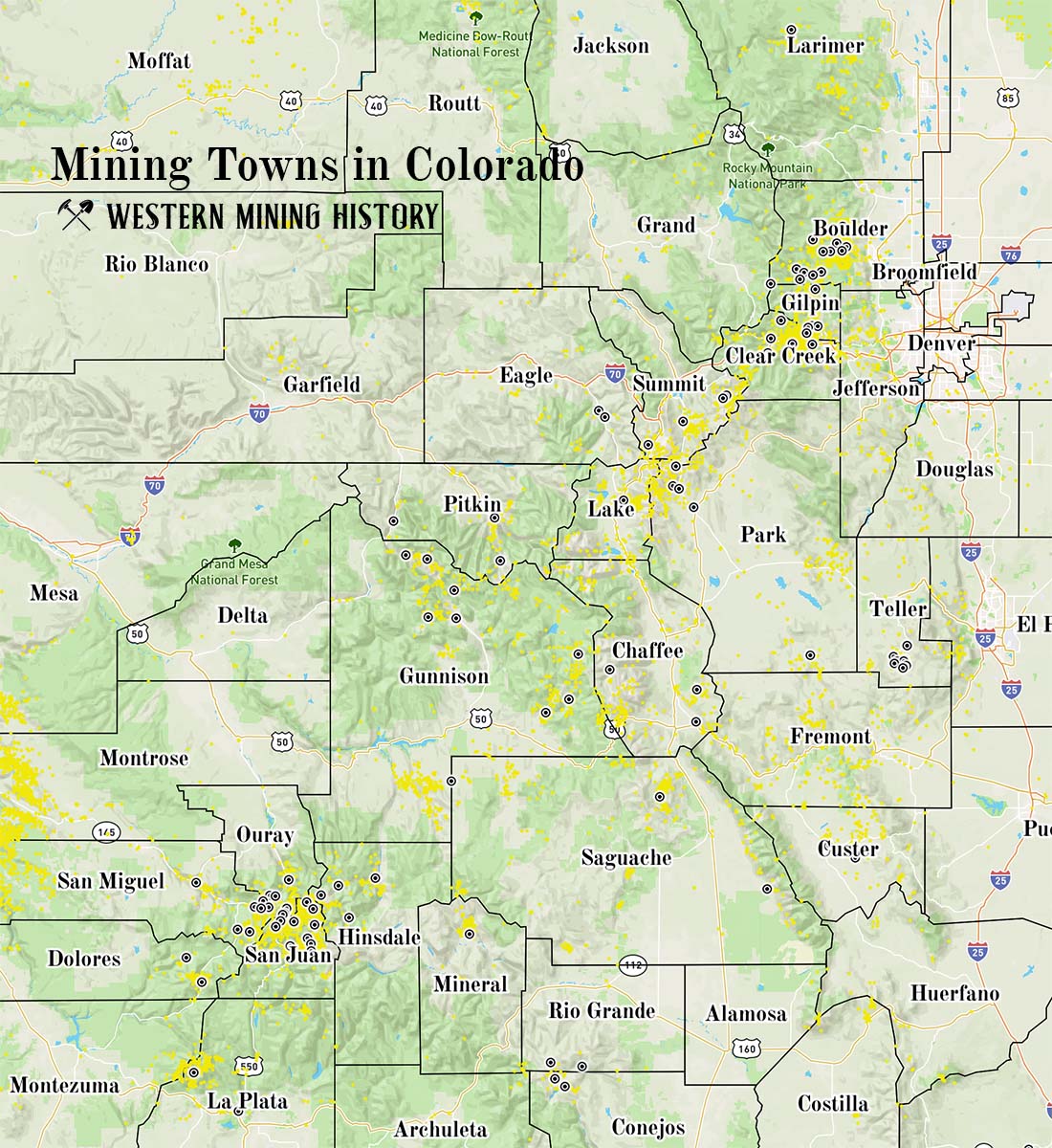
Explore over 100 Colorado mining towns: A tour of Colorado Mining Towns.
Colorado Mining Photos
More of Colorado's best historic mining photos: Incredible Photos of Colorado Mining Scenes.
